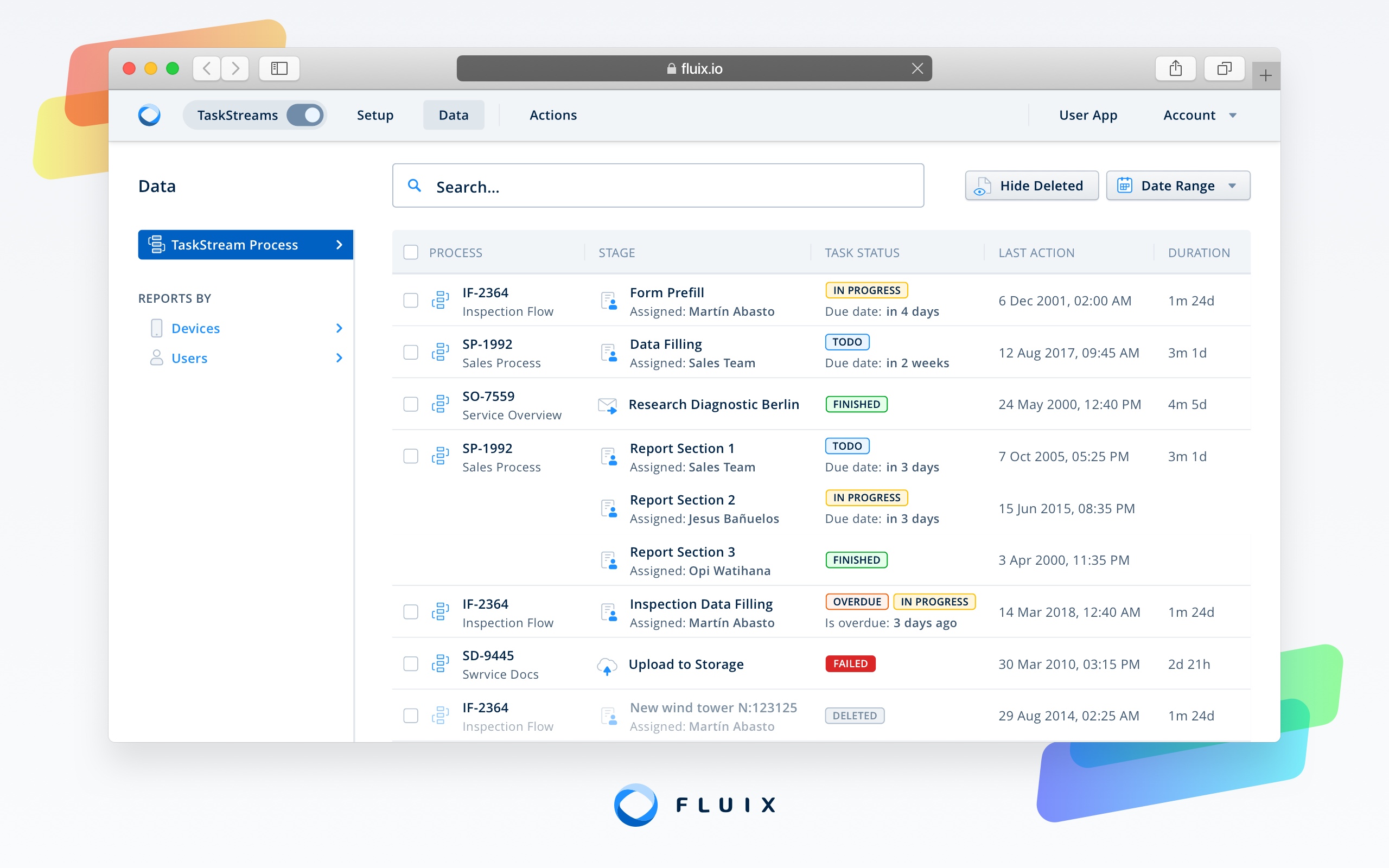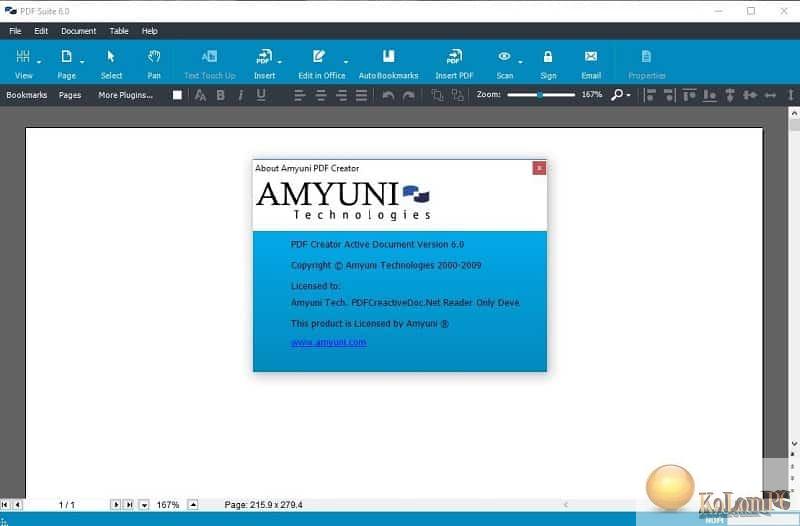

A common misconception is that if there are no questions, then things went well. They’re processing what you said, testing various angles and hypotheses, and generally want to know more. Rapid-fire, blunt questions are a sign that executives are interested in your idea. While that seems like an outsized chunk, used well, it can be the most valuable part of your talk. Reserve the second half of your allotted time for questions.

The entire presentation took 17 minutes, leaving a precious few minutes for questions and follow-up. Since none of this was new information to the executives, she lost their attention. But when speaking with the C-suite, presenters often overexplain obvious things and don’t leave enough time for interaction.ĭivya spent four minutes out of their allotted 20-minute slot reviewing their research process and what the group learned. Trap #3: A Presentation Without InteractionĪs with all good presentations, you want to meet your audience where they are. What’s more, the idea would require a heavy investment in tools that currently didn’t exist. They were excited about the technical merits of this idea but didn’t mention how the solution might be helpful to the company in the marketplace or against the competition. Make sure you include estimates for the often-overlooked money needed for infrastructure and setup.ĭivya’s team started with an idea and proceeded to explain the way they would implement it. Next, project how it will grow in revenue to support both its expansion and begin to fund other parts of the organization. First, show how your initiative will self-fund within a short period of time. Once you’ve established the problem in your presentation, the next step is to prove that your idea will not only solve it, but do so in ways that grow the business. They’ll be more motivated to prioritize your idea if they can see a direct connection to a problem that won’t go away or that will become more significant without their attention. In a world where executives have a host of responsibilities and crises to manage, they need to triage which ones they’ll act on. She didn’t realize that pitching a solution outside the context of its founding problem left it wide open to criticism. Unfortunately, in Divya’s case, her presentation started with an idea. The more urgent the problem appears, the more eager your audience will be for the solution. Spend the first quarter of your allotted time calling out the problem and the next quarter on the idea. It’s the problem, not the idea, that executives want to hear first. Many presenters often move straight to solution and neglect to build a sound case for immediate action. For yours to stand out and be useful to the CEO, it must solve a problem.īegin the presentation with the problem you’ve identified and spend time upfront creating context, surfacing the pain points, and building a sense of urgency around addressing the challenge. But place yourself in your CEO’s shoes: She’s on the receiving end of endless smart ideas. It’s natural for you to be excited about your ideas and eager to share them with your executives. Smart, successful people tend to have great ideas. When presenting ideas to the CEO, even seasoned leaders who don’t regularly interact with the C-suite fall into a few common traps that can be easily avoided. So, what went wrong?īased on my experience watching hundreds of presentations made by high-potential leaders, I can tell you that Divya and her colleagues are not alone in failing to land a key pitch. Naturally, they were disappointed in the tepid response.ĭivya and her team are all smart, do great work in their current jobs, and have promising careers ahead of them. The team’s idea was met with a lukewarm reaction and what, at best, could be called a polite round of applause. Divya was selected as the spokesperson for her group, and the next morning, she made their pitch. Instead of hanging out at the bar after dinner, they worked far into the night finalizing their presentation. This was a rare opportunity to present directly in front of the CEO, so Divya and her teammates worked hard to research their assigned topic, frame the specific challenge, and debate different ideas and solutions. The session kicked off with participants dividing into small teams to tackle company-wide strategic challenges. The purpose of the retreat was to expose up-and-coming leaders to broader challenges, expand their network across silos, and, of course, give them an opportunity to connect personally with C-suite executives.

She and 30 of her high-potential peers were excited to rub shoulders with the leadership team. Divya, a director who leads a large engineering team, was invited to a two-day retreat with the CEO and senior executives of her Fortune 50 company.


 0 kommentar(er)
0 kommentar(er)
